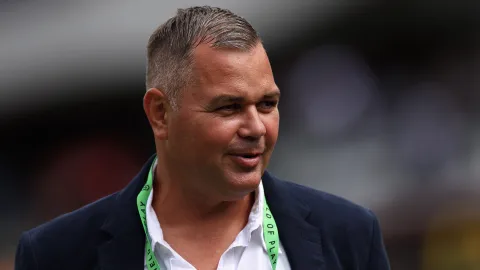The Manly Sea Eagles have experienced a rollercoaster run of form leading into Round 24, with their finals aspirations now on life support after a disappointing string of defeats.
Just a few weeks ago, Anthony Seibold’s men looked like they had found their groove. Following a tricky and inconsistent middle part of the season, the Sea Eagles managed to string together three consecutive victories — a streak capped off by an outstanding performance against the Melbourne Storm. That win was not only a statement to the rest of the NRL but also a confidence booster within the squad, showing they could match it with the competition’s elite when firing on all cylinders.
Unfortunately for Manly fans, that momentum quickly evaporated. In Round 21, the Canterbury-Bankstown Bulldogs brought their winning run to a halt. The Sea Eagles were outplayed and struggled to generate the same attacking fluency that had carried them through their previous matches.
If that loss was a stumble, the next match against the Sydney Roosters was a full-blown setback. The Roosters capitalised on defensive lapses and kept Manly on the back foot, handing them a second consecutive defeat and raising serious questions about their ability to handle the pressure of the finals race.
Last week, things went from bad to worse. A third straight loss not only dented the team’s confidence but also left their finals hopes hanging by the thinnest of threads. While it’s not yet mathematically impossible, the reality is that Manly’s path to September football now relies on a string of unlikely results going their way — both in their own fixtures and in other matches across the league.
Head coach Anthony Seibold faces the daunting task of rallying his troops for Round 24. While the focus is now as much about pride as it is about points, there’s still plenty at stake. For some players, these final rounds are a chance to cement their place in next year’s plans, while for others, it’s an opportunity to leave a lasting impression before the offseason.
Manly’s team list for Round 24 will be closely scrutinised by fans and pundits alike. Changes in the forward pack or backline could indicate a shift in strategy, and the inclusion or omission of key players might reveal whether Seibold is prioritising immediate results or blooding younger talent for the future.
With their season on the brink, the Sea Eagles will need to dig deep. Whether they can rediscover the grit and flair that saw them topple Melbourne remains to be seen — but if they want to keep their faint finals hopes alive, Round 24 is not the time for half measures.

